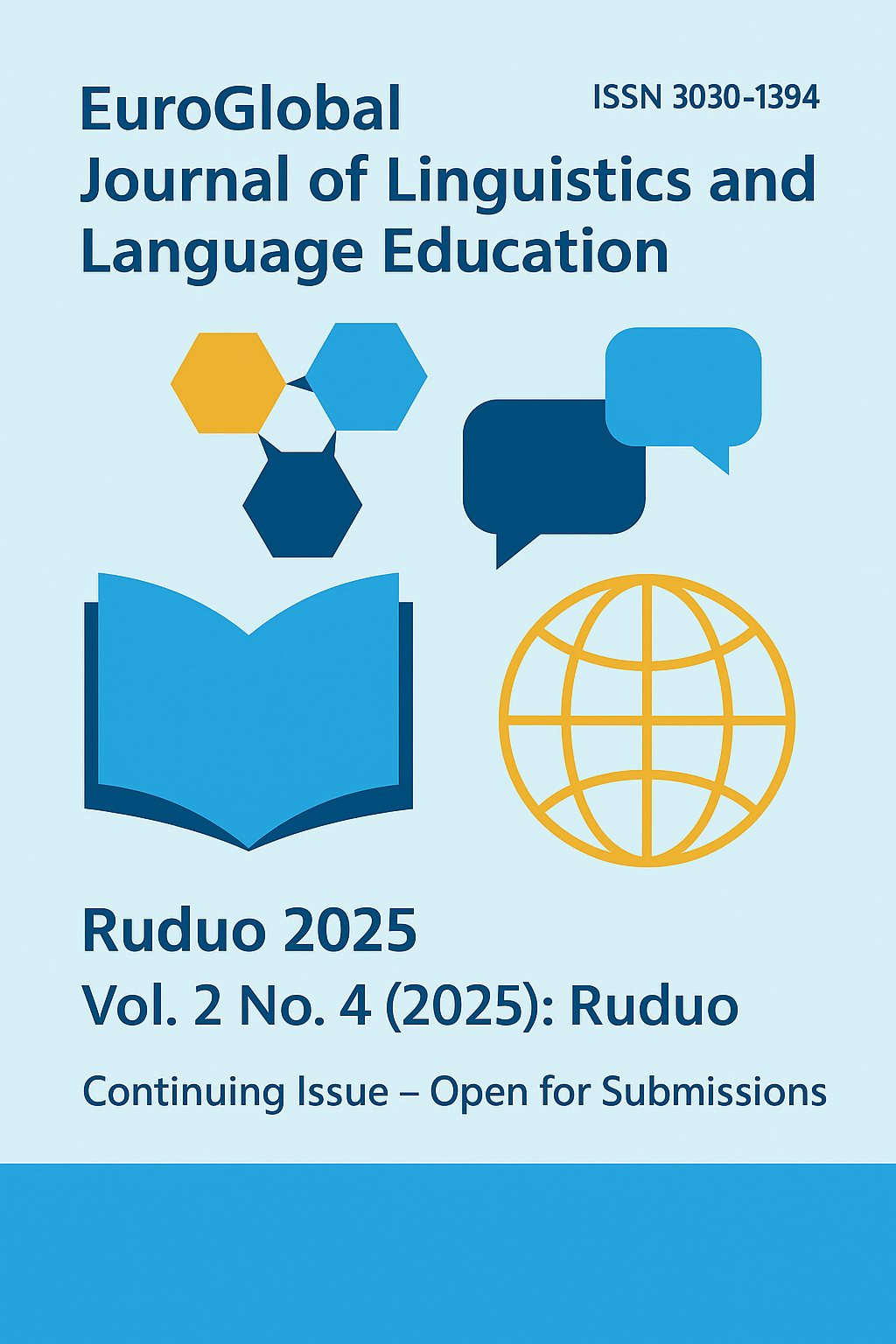Examining International Space Law from the Perspective of the Concept of “Sovereignty”
DOI:
https://doi.org/10.69760/egjlle.2504006Keywords:
Sovereignty, Exclusive Authority, Air Rights, Outer Space Rights, Outer Space TreatyAbstract
International space law, as the newest branch of international law, presents new concepts related to sovereignty in view of the difference between the space domain and the air and land. Since the beginning of human activity in outer space, the principle of freedom of exploration and use of outer space, along with the principle of preventing the appropriation of celestial bodies, has dominated the space activities of states.
But in the absence of the possibility of exercising sovereignty in their traditional sense in outer space, how can states monitor the activities of their subjects in outer space and exercise jurisdiction over their property, facilities, and equipment in outer space? On the other hand, how can the relationship between sovereignty and ownership be explained in space law? The answers to these questions are the subject of the following article.
References
Minzadeh, Elham; Book, International Space Law: Outer Space Treaty, Publisher: Tehran University Press, 2012. For access: https://tinyurl.com/3byx74xb
Khosravi, Majid; Air and Space from a Legal Perspective, Publisher: Army Political Ideological Organization, 2002. For access: https://tinyurl.com/bdb5uaf2
Ziaei Bigdali, Mohammad Reza; Book, Public International Law, Ganj Danesh, 2005. For access: https://tinyurl.com/4w24p6xz
Navada Topchi, Hossein; Book, International Space Law, Publisher. Publications of the Army Political Ideological Organization, 1999. For access: https://tinyurl.com/bun8hfs9
Brownlie, Ian., Principles of Public International Law, Oxford University Press, 7th Edition, 2008.
Brus, Marcel, and Von der Dunk, Frank, (eds.), The International Space Station: Commercial Utilisation from a European Legal Perspective, Martinus Nijhoff Publishers, 2006.
Coker, F., “Sovereignty,” in: Encyclopedia of the Social Sciences, Edwin, Seligman, (ed.), The Macmillan Company, 1934.
Diederiks-Verschoor, I.H.Ph., “Similarities with and Differences between Air and Space Law Primarily in the Field of Private International Law”, Recueil des cours, vol. 172, 1981.
Dodge, Michael S., “Sovereignty and the Delimitation of Airspace: A Philosophical and Historical Survey Supported by the Resources of the Andrew G. Haley Archive”, Journal of Space Law, vol. 35, 2009.
Goedhuis, Daniel, “Influence of the Conquest of Outer Space on National Sovereignty: Some Observations”, Journal of Space Law, vol. 6, 1978.
Gorove, Stephen, “Sovereignty and the Law of Outer Space Reexamined”, Annals of Air and Space Law, vol. 1, 1977.
Hobe, Stephen, et al (eds.), Cologne Commentary on Space Law, vol. I, Karl Heymanns Verlag, 2009.
Piradov, Alexandr, International Space Law (Translated from the Russian text by Boris Belitsky), Progress Publishers, 1976
Shaw, Malcolm, International Law, Cambridge University Press, 2008.
Steinberger, Helmut, “Sovereignty”, in: Bernhardt, Rudolf (ed.), Encyclopedia of Public International Law, Installment 10, 1987.
Weaver, Jefferson, “Illusion or Reality? State Sovereignty in Outer Space”, Boston University International Law Journal, vol. 10, 1992.
Wildhaber, Luzius, “Sovereignty and International Law”, in, Macdonald, Ronald St. John, and Johnston, Douglas Millar, (eds.), The Structure and Process of International Law, Martinus Nijhoff Publishers, 1983.
Williams, S., “Celestial Bodies”, In: Bernhardt (ed.), Encyclopedia of Public International Law, Installment 11, 1989.
P.C.I.J., The Case of the S.S. Lotus, Series A, No. 10, September 7, 1927.
I.C.J. Reports 1986, Military and Paramilitary Activities in and against Nicaragua (Nicaragua v. United States of America), Merits, Judgment.
David Davies Memorial Institute, “Draft Code of Rules on the Exploration and Uses of Outer Space”, Journal of Air Law, vol. 29, 1963.
Downloads
Published
Issue
Section
License
Copyright (c) 2025 EuroGlobal Journal of Linguistics and Language Education

This work is licensed under a Creative Commons Attribution-NonCommercial-NoDerivatives 4.0 International License.





